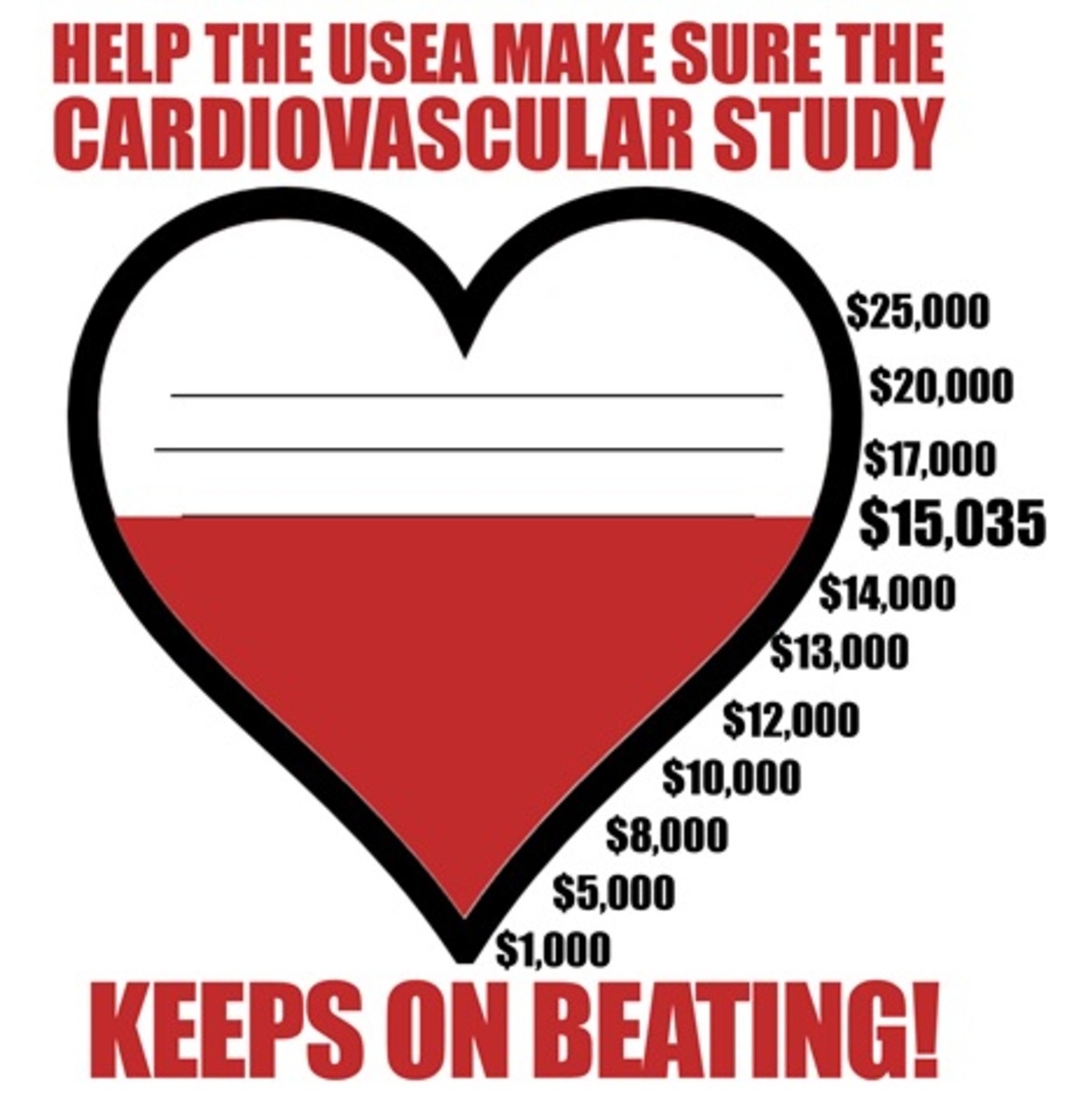Have a Heart: US Eventing Cardiovascular Task Force Marches on at Red Hills Horse Trials
- March 10, 2017
- ⎯ Fran Jurga
[blip .tv ?posts_id=4582359&dest=-1] This video from the 2010 US Eventing Association Convention presents an interim report from the USEA Safety Committee’s Equine Cardiovascular and Pulmonary Research Study. It is 28 minutes long and very informative about the research process used in conducting this study, which will hopefully give insight into the way that sport horses function during cross-country at an advanced-level eventing competition. The testing continues this weekend at Florida’s Red Hills International Horse Trials.
If your heart skips a beat this weekend, someone might notice.
If you’re a horse, that is. And if you happen to be entered in the Red Hills International Horse Trials in Tallahassee, Florida.
Red Hills will be the host site for the United States Eventing Association (USEA) Equine Cardiovascular and Pulmonary Research Study. A team of researchers will perform tests on horses competing in all divisions. The ultimate goal is to assess the cardiopulmonary effects of the endurance phase on the horses and to identify factors that may influence their performance or safety issues.

The USEA Equine Safety Task Force conducted a pilot cardiovascular study at the Plantation Field Horse Trials in October 2009, with further studies at the Fair Hill International and Rolex Kentucky CCI4* events in 2010. As the USEA’s video explains, the study’s goal is to evaluate how efficiently a horse’s cardiovascular and pulmonary systems function when the animals is galloping and jumping across country; the researchers are seeking answers to such questions as: Are our horses’ hearts working harder now than in the past? Does the short format?increase pressures in the lung vessels?
About the pilot study
Using extremely sophisticated GE Vivid portable scanners, the medical team recorded cardiac ultrasounds and lung scans on all CIC3* horses following their dressage rides at Plantation Fields. Nine horses were then fitted with Televet monitoring devices when they were tacked up for cross-country on Saturday, and all horses in the CIC and advanced horse trials division had ECGs at baseline and immediately after cross-country.
The purpose of the preliminary study was to explore the feasibility of attaching devices and recording heart rhythms and to evaluate their performance through the rigors of cross-country in order to determine whether any cardiac arrhythmia might exist under exertion.
The preliminary protocol was evaluated, and the refined study was implemented at Red Hills in 2010. The information gathered in 2010 has led to further refinement of the protocol. The testing to be done this weekend will involve more sophisticated analysis of cardiac function, and will also involve the analysis of blood chemistry before and after the cross country phase.
The USEA’s team of veterinarians working on the project has included Catherine Kohn, VMD; Carol Clarke, DVM; and Ric Birk, DVM. Human cardiologists Mark Hart, MD and Lynn Cronin, MD were involved as well.
USEA’s web site reports commercial sponsorship for the study: “MacKinnon Ice Horse, makers of some of the finest equine cooling products available, is lending its full support to the study by donating a portion of all proceeds to the USEA for this effort. ‘The well-being of the horse is of the utmost importance to Ice Horse,’ said Chuck Dumbrell, CEO of MacKinnon Ice Horse. ‘That is why Ice Horse is supporting this vital research into the equine cardiovascular and pulmonary systems and we encourage everyone to join us’.”
A direct, secure fundraising link is setup on the USEA web site for this study, as well as several others that are underway under the auspices of the USEA for promoting eventing safety, such as frangible technology research. (I think the graphic at left is out of date and they’ve raised some more money since this was made, but you’ll get the idea.)

The Jurga Report gives the USEA Eventing Safety Committee and Cardiovascular Study (and so many of the USEA’s other great programs) a hearty endorsement. The videos that the USEA has made available to both The Jurga Report and to The Hoof Blog have helped riders, veterinarians, farriers and equipment manufacturers access very important information. They deserve recognition for serving not just their membership but the entire horse industry, and they should be supported by all of us.
By the way, if you don’t have the 28 minutes it takes to watch the video, the USEA also made a podcast (MP3) file that you can download and listen to on your iPod or iPhone or just open that link on your laptop or whatever device you use.
Go to the top of The Jurga Report and keep reading more stories.





